Radiator Risk Calculator
Is Your Car Safe to Drive?
Enter symptoms to calculate risk level and safe driving distance based on vehicle condition.
When your car radiator is struggling, every mile feels like a gamble. A failing radiator can push temperatures sky‑high, shrink engine life, and leave you stranded on the side of the road. This guide explains why you shouldn’t ignore a bad radiator, what symptoms to watch for, and how to keep your car moving safely until you can get it fixed.
Key Takeaways
- A broken radiator can cause rapid engine overheating, leading to costly damage.
- Common signs include coolant loss, steam from the engine, and a hot temperature gauge.
- Short‑term fixes (adding water, topping off coolant) are only temporary; the root issue must be repaired.
- Driving with a bad radiator is possible for short distances, but only under very specific conditions.
- Regular maintenance-checking coolant level, inspecting hoses, and flushing the system-prevents most radiator failures.
How a Radiator Keeps Your Engine Cool
The radiator’s job is simple: take the hot coolant from the engine, release heat into the air, and send cooler fluid back to the engine. It works together with the water pump, thermostat, and cooling fans. When any link in this chain breaks, temperature spikes quickly.
Typical Symptoms of a Bad Radiator
Spotting a failing radiator early can save you from a blown head gasket or a seized engine. Look for these tell‑tale signs:
| Symptom | Possible Radiator Issue | Other Common Causes |
|---|---|---|
| Coolant level dropping fast | Leak in radiator core or hose | Water pump seal leak |
| Steam or white vapor from engine bay | Cracked radiator or blown head gasket (overheating) | Overfilled coolant, faulty thermostat |
| Engine temperature gauge hitting red | Insufficient coolant flow through radiator | Failed electric fan, stuck thermostat |
| Sweet smell inside cabin | Coolant leak onto hot exhaust | Leaking heater core |
| Radiator surface feels unusually hot | Clogged fins or corrosion | Low coolant level, air pockets |
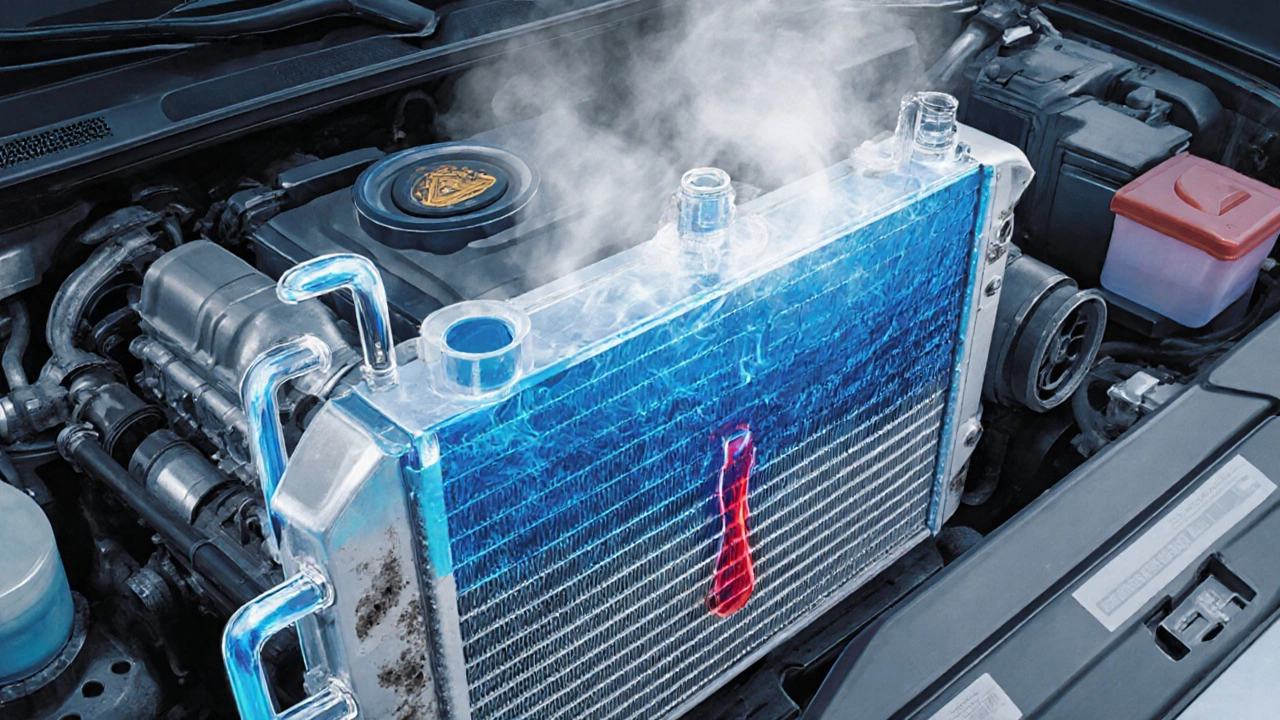
Can You Safely Drive with a Bad Radiator?
The short answer: maybe, but only if the problem is minor and you take extreme caution. Here’s a practical decision matrix:
- Minor leak, no overheating: If the coolant level drops by less than a quart after a short drive and the temperature gauge stays below the yellow zone, you can limp to the nearest shop. Top off with the correct mix of water and antifreeze to keep the system sealed.
- Visible spray or steam: Stop immediately. Continuing will likely melt the head gasket.
- Temperature gauge in red: Pull over, let the engine cool for at least 15 minutes, and check coolant. If it’s low, add fluid and monitor. Do not exceed a few miles.
- Radiator fan not working: Nighttime or low‑traffic driving at moderate speeds may keep airflow sufficient, but any uphill climb or stop‑and‑go traffic raises risk dramatically.
In all cases, keep an eye on the temperature gauge, listen for unusual noises, and carry a spare bottle of coolant.
Short‑Term Fixes and Why They’re Only Temporary
When you’re stuck, these tricks can buy you a few extra kilometres:
- Add distilled water: It raises coolant level without altering boiling point dramatically. Use only as a stop‑gap; replace with proper mix ASAP.
- Sealant additives: Some products claim to seal small leaks from the inside. They can work on hairline cracks but often clog the radiator further if the damage is extensive.
- Pressure tester: If you have a garden‑hose‑type pressure tester, you can locate leaks by pressurizing the system while the engine is off.
None of these methods fix the root cause. A cracked core, corroded fins, or a broken hose will need professional repair or replacement.
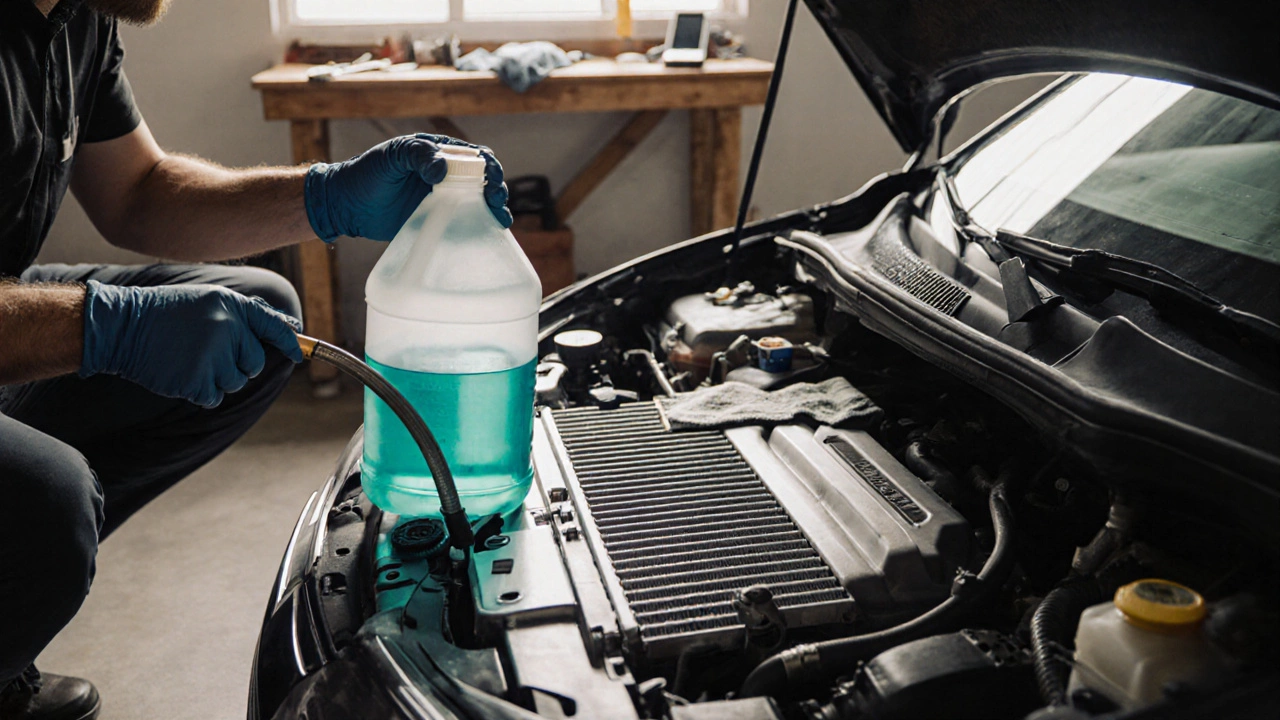
Long‑Term Solutions: Repair vs. Replace
When you finally reach a mechanic, they’ll evaluate the radiator’s condition. Here’s what to expect:
| Condition | Repair Options | Replace Options | Typical Cost (NZD) |
|---|---|---|---|
| Small pinhole leak in plastic tank | Epoxy patch or radiator sealant | New radiator | $150 - $300 (repair) vs $600 - $1200 (replace) |
| Corroded fins, reduced airflow | Professional cleaning, fin straightening | New radiator | $200 - $400 vs $800 - $1300 |
| Cracked core or severe corrosion | Not feasible | Replace entire unit | - vs $900 - $1500 |
| Leaking gasket between radiator and engine | Gasket replacement | Radiator replacement (if gasket damage extensive) | $120 - $250 vs $700 - $1200 |
For most modern cars, a new radiator is the safest bet, especially if the vehicle is under warranty or you plan to keep it for several more years.
Preventive Maintenance Checklist
Keeping your cooling system healthy is easier than fixing a broken one. Use this quick checklist every 6 months or before long trips:
- Check coolant level when engine is cold; top off if below "min" line.
- Inspect hoses for bulges, cracks, or leaks.
- Look at the radiator surface; remove dirt and debris from fins.
- Test the thermostat by feeling the radiator outlet after warm‑up; it should be warm, not boiling.
- Verify the electric fan engages when coolant temperature reaches ~95 °C.
- Flush and replace coolant every 2‑3 years (or per manufacturer’s recommendation).
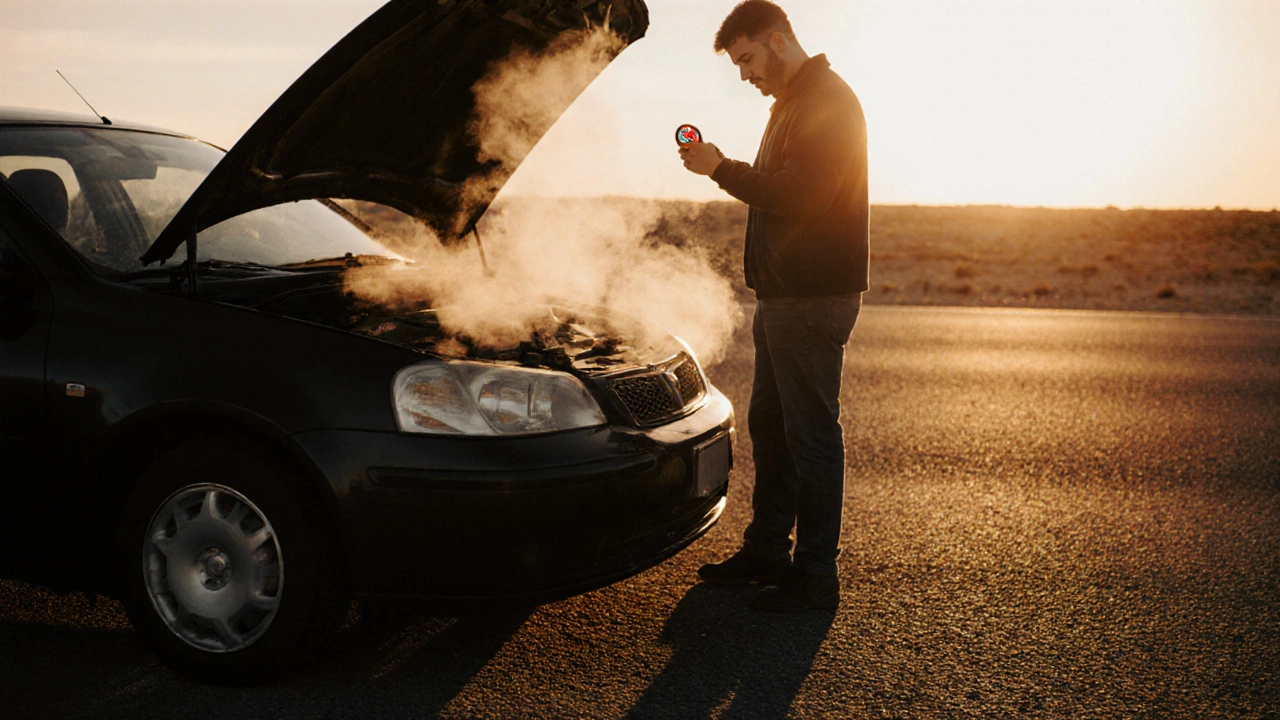
Frequently Asked Questions
Will a car overheat immediately if the radiator is completely blocked?
Yes. A fully blocked radiator prevents any heat exchange, so the engine temperature can rise to dangerous levels within a few minutes, especially under load.
Can I drive using only water instead of coolant?
Water will work temporarily, but it lacks corrosion inhibitors and has a lower boiling point, leading to faster overheating and potential rust inside the system.
How long can I safely limp to a garage with a small radiator leak?
If the temperature gauge stays below the yellow zone and you can keep the coolant level topped up, a short 10‑15 km trip at moderate speed is usually acceptable. Stop and check the gauge every few minutes.
Why does my radiator emit a sweet smell?
The sweet scent comes from ethylene glycol in the coolant. If you smell it inside the cabin, a leak is likely spraying coolant onto hot engine parts.
Should I replace the thermostat when fixing a bad radiator?
Often yes. A stuck thermostat can mimic radiator problems, and replacing it during coolant system service is inexpensive and prevents future headaches.
Bottom Line
A bad radiator is not something to gamble with. While you can sometimes make it to the nearest mechanic, the longer you push, the higher the chance of severe engine damage. Regular checks, prompt repairs, and using the correct coolant mixture keep your car’s heart- the engine-running cool and reliable.
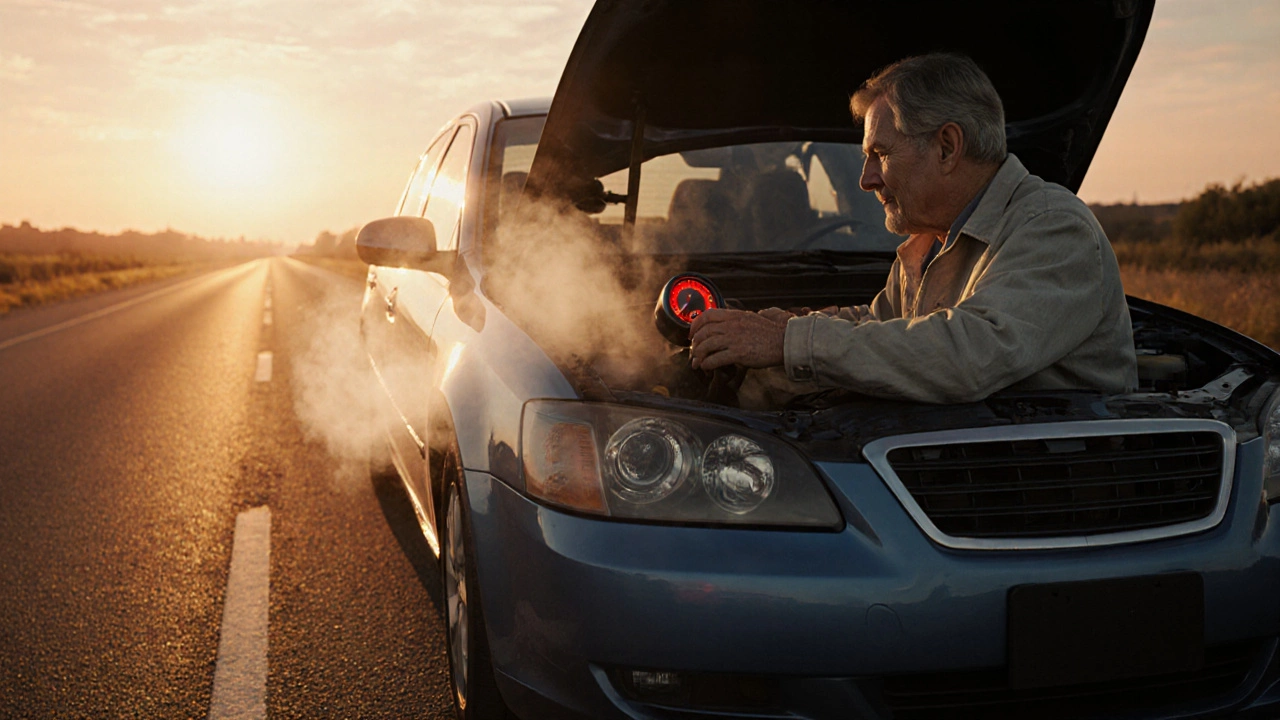

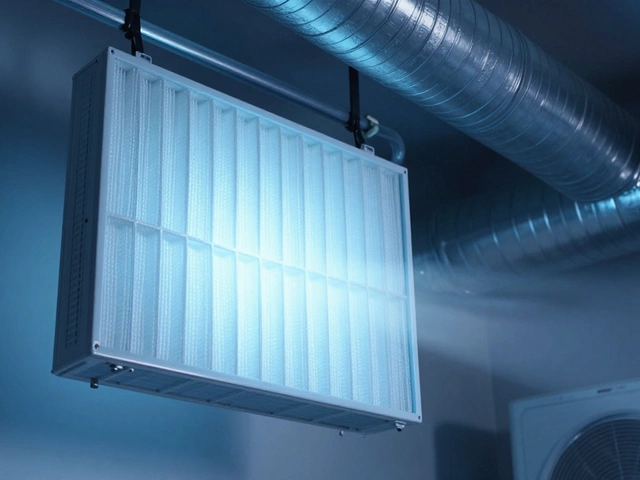



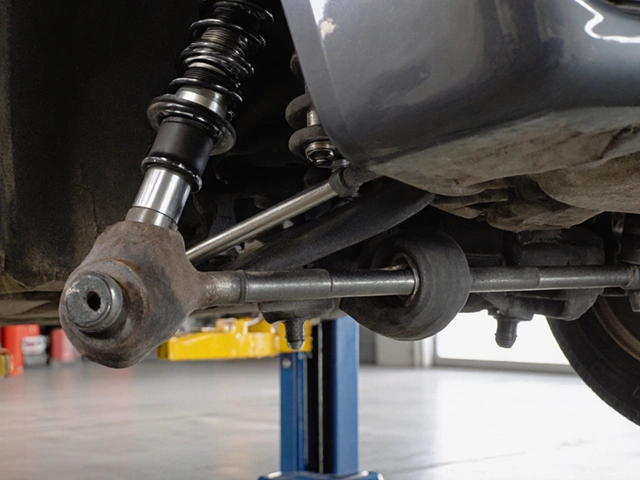


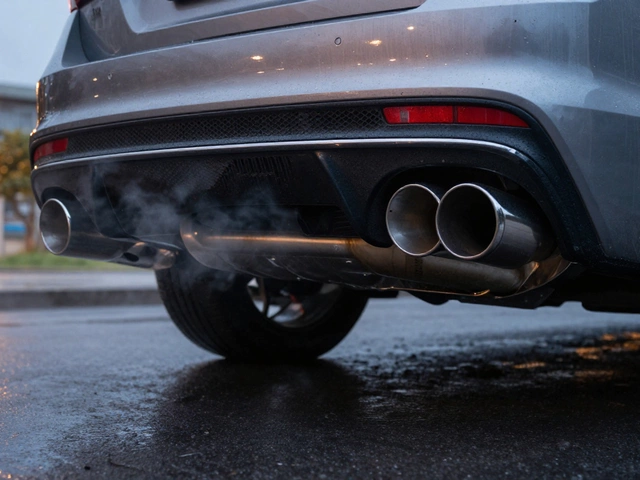

Write a comment